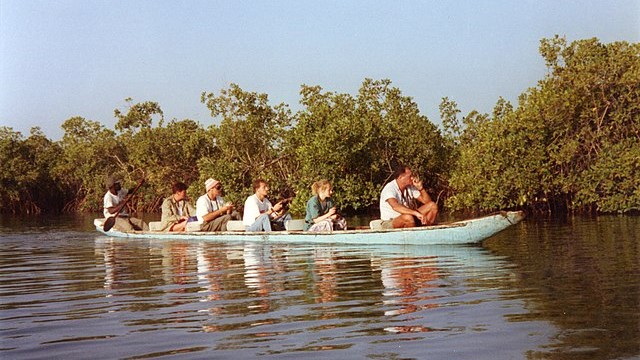In Gambia, West Africa’s smallest mainland nation, the flow of the River Gambia carries more than water; it sustains livelihoods, traditions, and increasingly, a model of tourism that seeks to protect rather than exploit. Here, sustainability is not a passing trend but a necessity, as the balance between economic opportunity, environmental stewardship, and cultural preservation grows ever more fragile.
Tourism represents one of the country’s most important industries, and efforts are underway to ensure its benefits extend beyond international arrivals and large resorts. Locally owned lodges, often tucked away in riverine villages or along coastal stretches, have become symbols of a movement to keep revenue within communities. Visitors choosing these establishments contribute directly to neighborhood economies, sustaining jobs in places where opportunities remain scarce.
Equally vital are community-based initiatives. Village tours, cooking demonstrations, and artisan workshops provide cultural encounters that serve a dual purpose: they create income streams for local residents while preserving traditions at risk of fading in a rapidly globalizing world. A handwoven textile or a hand-carved mask purchased directly from its maker represents not only a souvenir but also an investment in cultural continuity.
The environmental dimension of this approach is most visible in the country’s national parks and reserves. Abuko Nature Reserve, Tanji Bird Reserve, and Kiang West National Park safeguard diverse habitats, from mangrove wetlands to savannah woodlands. Entrance fees and eco-tour partnerships help fund conservation programs designed to protect endangered species and fragile ecosystems. Birdlife, a particular draw for international visitors, has become both a source of pride and a catalyst for protecting habitats essential to migratory patterns.
Efforts toward sustainability also depend on small, everyday choices. Reducing waste, limiting plastic use, and conserving water remain crucial in a nation where resources are under strain. Local campaigns encourage reusable bottles and bags, while eco-lodges promote solar energy and low-impact practices. The broader goal is not simply to reduce the footprint of tourism, but to instill a culture of responsibility among all who interact with the country’s landscapes and communities.
Underlying these initiatives is an emphasis on exchange. Conversations with residents—farmers, fishermen, artisans—offer insights into the challenges of climate change, economic vulnerability, and cultural resilience. Such interactions, modest as they may seem, deepen awareness and strengthen the connection between tourism and community wellbeing.
For Gambia, the future of tourism lies in this convergence of responsibility and reciprocity. Sustainable practices provide more than economic stability; they offer a framework through which heritage and environment can be preserved for generations. The story of Gambian tourism, told along its riverbanks and in its villages, is one of adaptation and resolve—a reminder that travel, at its best, leaves more behind than footprints in the sand.


